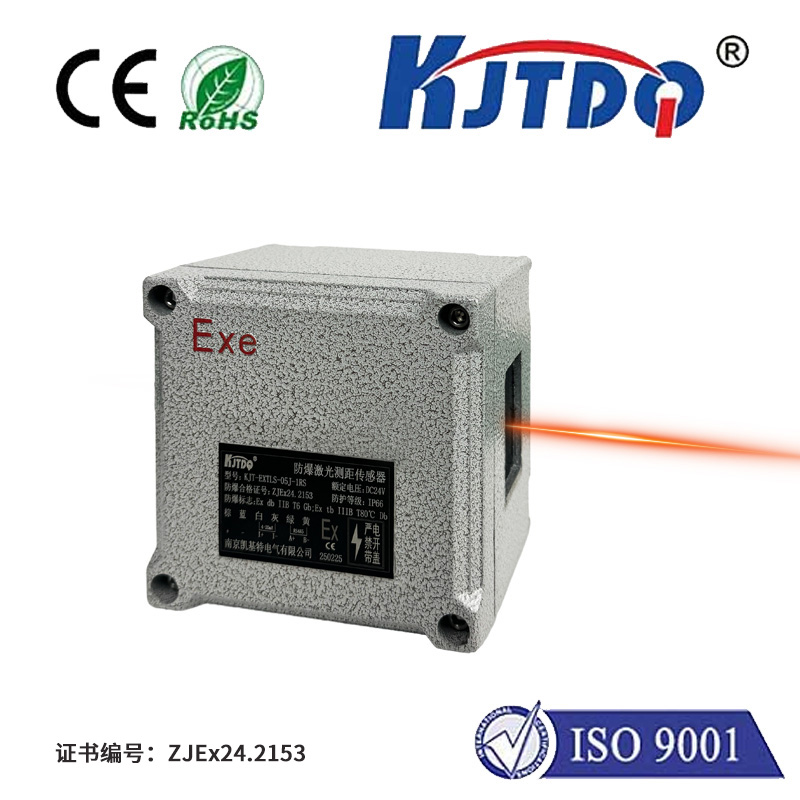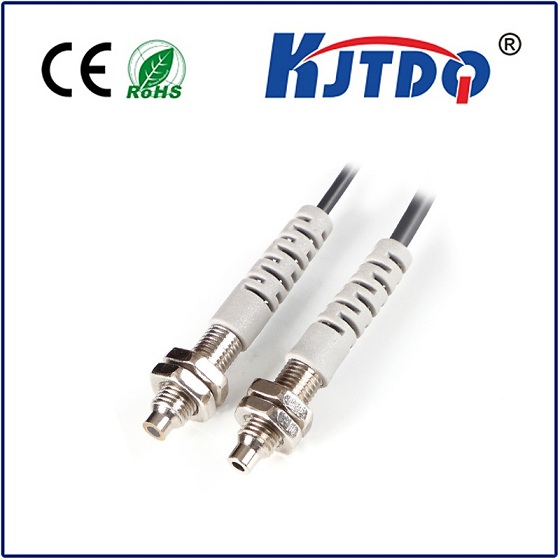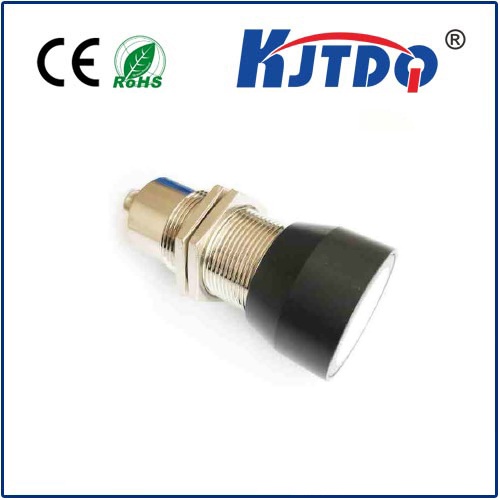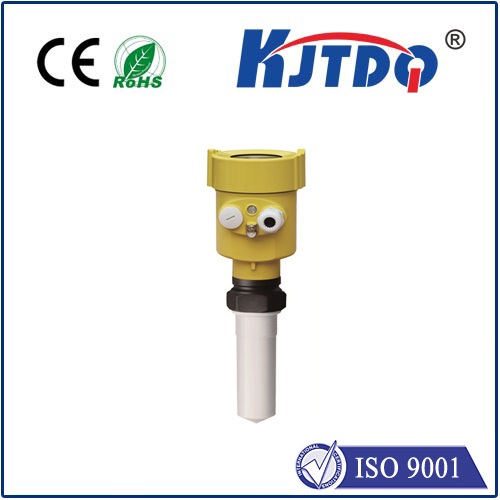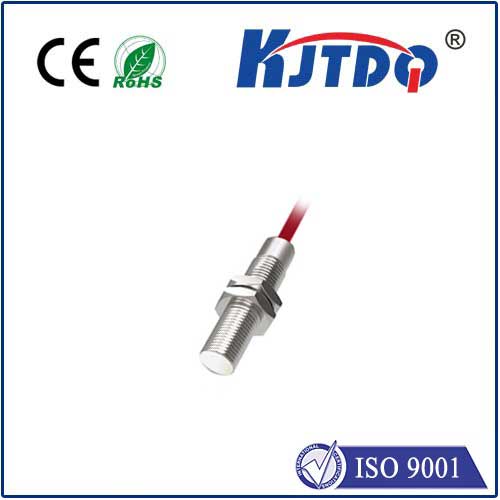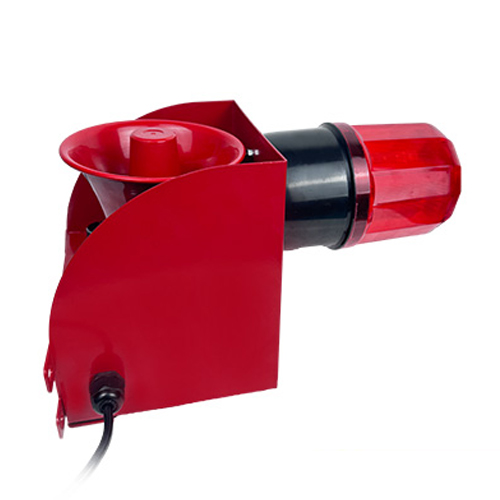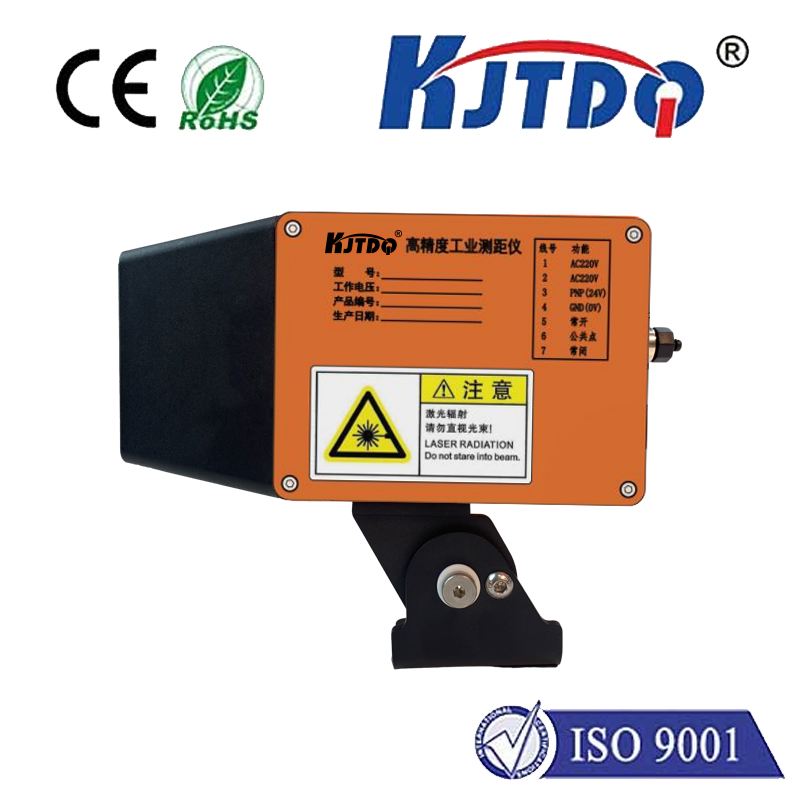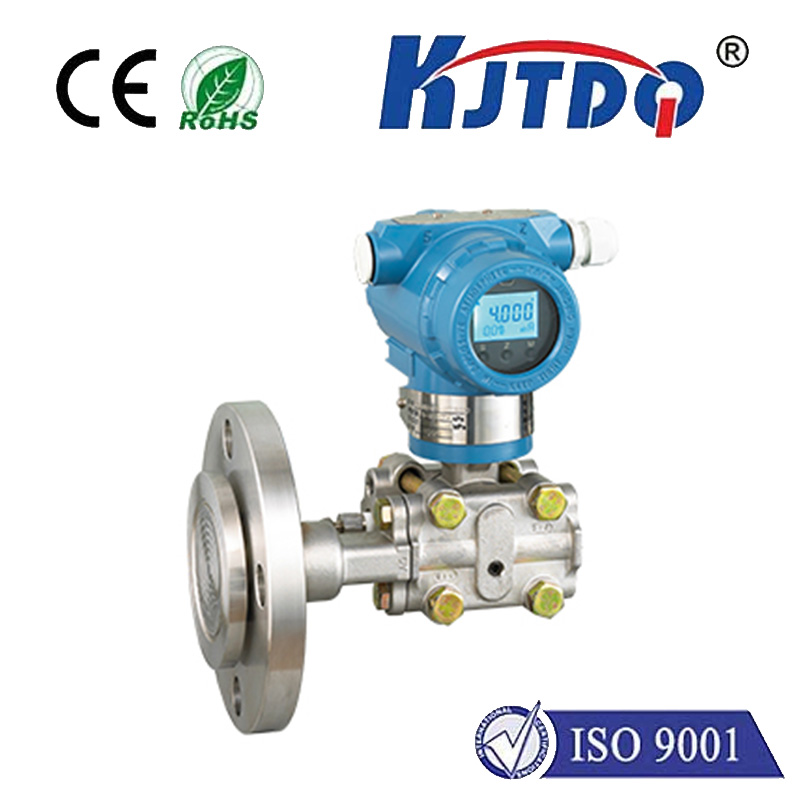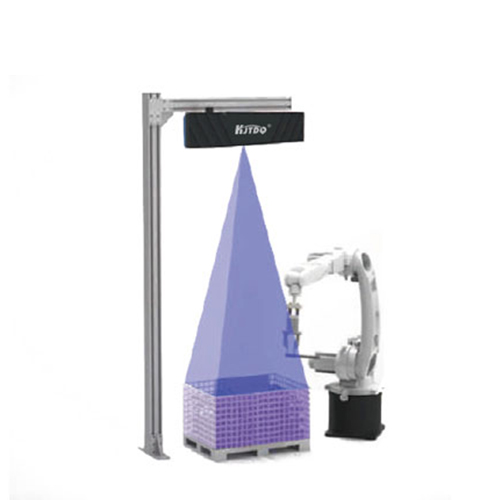

check

check

check

check

check

check

check

check

check

check
Ever wondered how industrial robots perform intricate movements with near-surgical accuracy, or how CNC machines carve metal to micron-level tolerances? The answer often lies hidden within a seemingly unassuming component: the optical encoder sensor. These sophisticated devices are the unsung heroes of precision motion control, silently translating physical movement into digital signals that drive modern automation. Understanding the core principles, benefits, and diverse applications of optical encoders reveals why they are indispensable in high-accuracy systems.
How Does an Optical Encoder Sensor Work? The Core Principles
At its heart, an optical encoder sensor operates by converting rotary or linear displacement into a digital or analog electrical signal using light. Its operation relies on several key components:
As the code disk or strip moves relative to the light source and photodetectors, the patterned slits interrupt the light beam. This creates a rapidly changing light signal on the photodetectors. The photodetectors convert these light pulses into corresponding electrical signals. Sophisticated signal processing electronics within the encoder then interpret these signals to determine precise position, direction, speed, and acceleration.
Key Types of Optical Encoder Sensors: Incremental vs. Absolute
Understanding the fundamental distinction between the two main types of optical encoders is crucial:
Incremental Optical Encoders:
Generate a continuous stream of pulses as they move.
The pattern on the code disk is uniform (equally spaced slits).
Output typically includes two square wave signals (Channel A and Channel B) that are 90 degrees out of phase – known as quadrature signals. This phase relationship is vital for determining direction.

They also provide a single Index or Z-phase pulse per revolution to denote a specific reference point (‘home’).
Require a counting system (like a PLC or motion controller) to track the total position by counting pulses relative to a known starting point (often found using the Index pulse on power-up). Loss of power resets the position count.
Advantages: Simpler design, generally lower cost, excellent resolution, high-speed capability.
Disadvantages: Requires homing on startup, position lost during power failure (unless battery-backed counters are used).
Absolute Optical Encoders:
Generate a unique digital code for every distinct position within their measurement range.
Utilize a complex, multi-track disk with unique patterns radiating from the center (like a Gray code pattern).
Output a unique parallel binary word or serial protocol (like SSI, BiSS, or EnDat) instantly identifying the exact position, even at power-on.
Do not require counting pulses or a homing routine after a power cycle. Position is inherently known.
Advantages: Immediate position knowledge on power-up (‘true absolute’), no position loss upon power interruption, highly reliable position verification.
Disadvantages: More complex design, typically higher cost than incremental equivalents, potentially lower maximum speeds.
The Compelling Advantages of Optical Technology
Optical encoder sensors hold a dominant position in precision motion applications for several critical reasons:
Where Optical Encoders Shine: Diverse Applications
The unique combination of precision, speed, and reliability makes optical encoders ubiquitous across numerous industries:
Key Considerations When Choosing an Optical Encoder
Selecting the right optical encoder involves matching its specifications to the application demands:
The Indispensable Tool for Precision Motion
From the delicate movements of a surgical robot to the powerful forces exerted in advanced CNC machining, optical encoder sensors provide the critical feedback loop that makes high-precision automation possible. Their non-contact principle, inherent high resolution, speed capability, and reliability solidify their role as the preferred solution for countless applications demanding accurate position and speed control. As technology advances, pushing the boundaries of resolution, speed, connectivity (like integrated IO-Link), and robustness, optical encoders will continue to be a fundamental technology driving innovation in automation and precision engineering.
